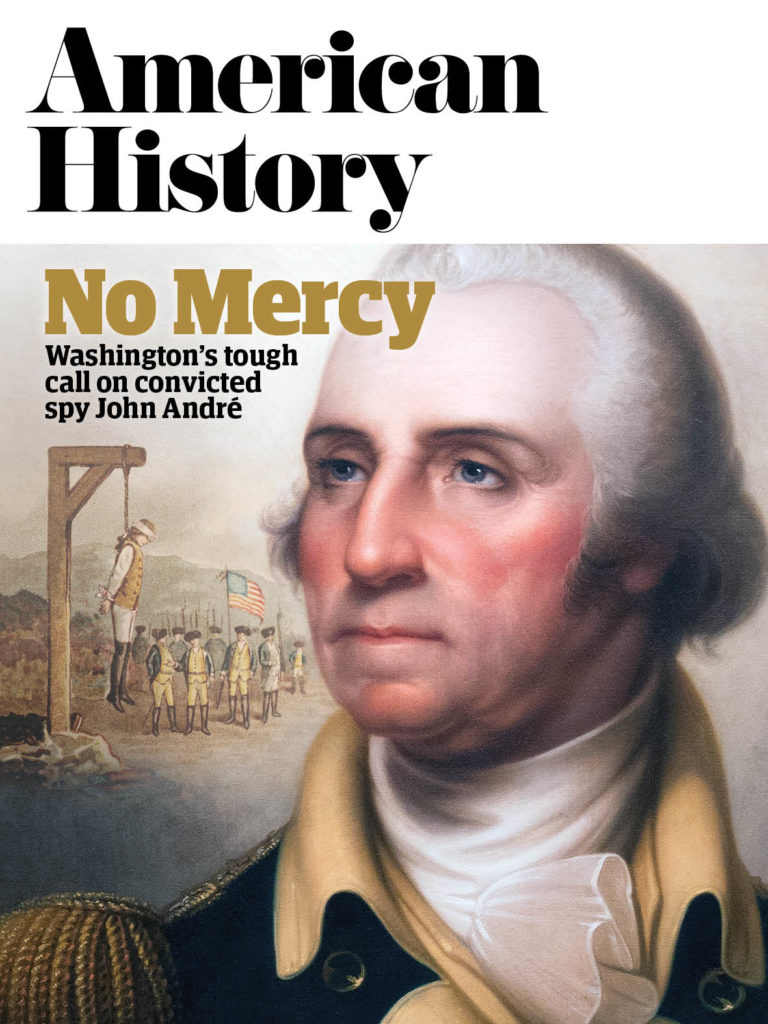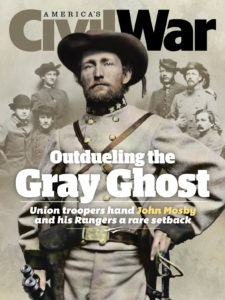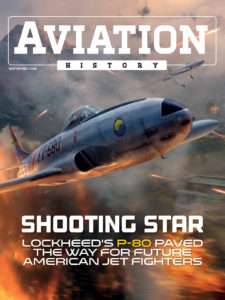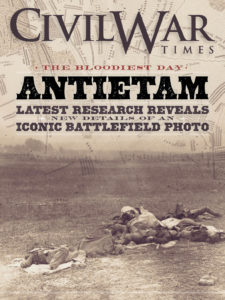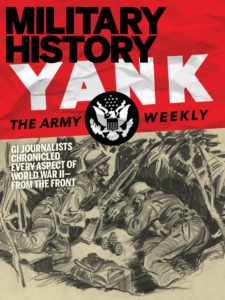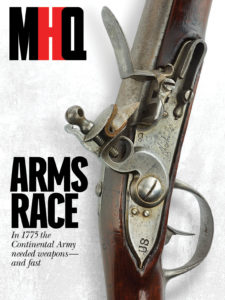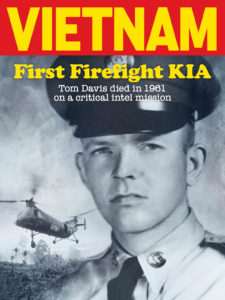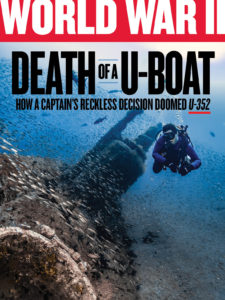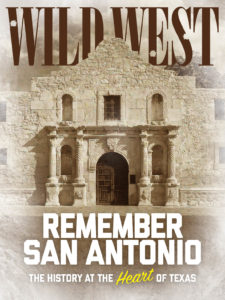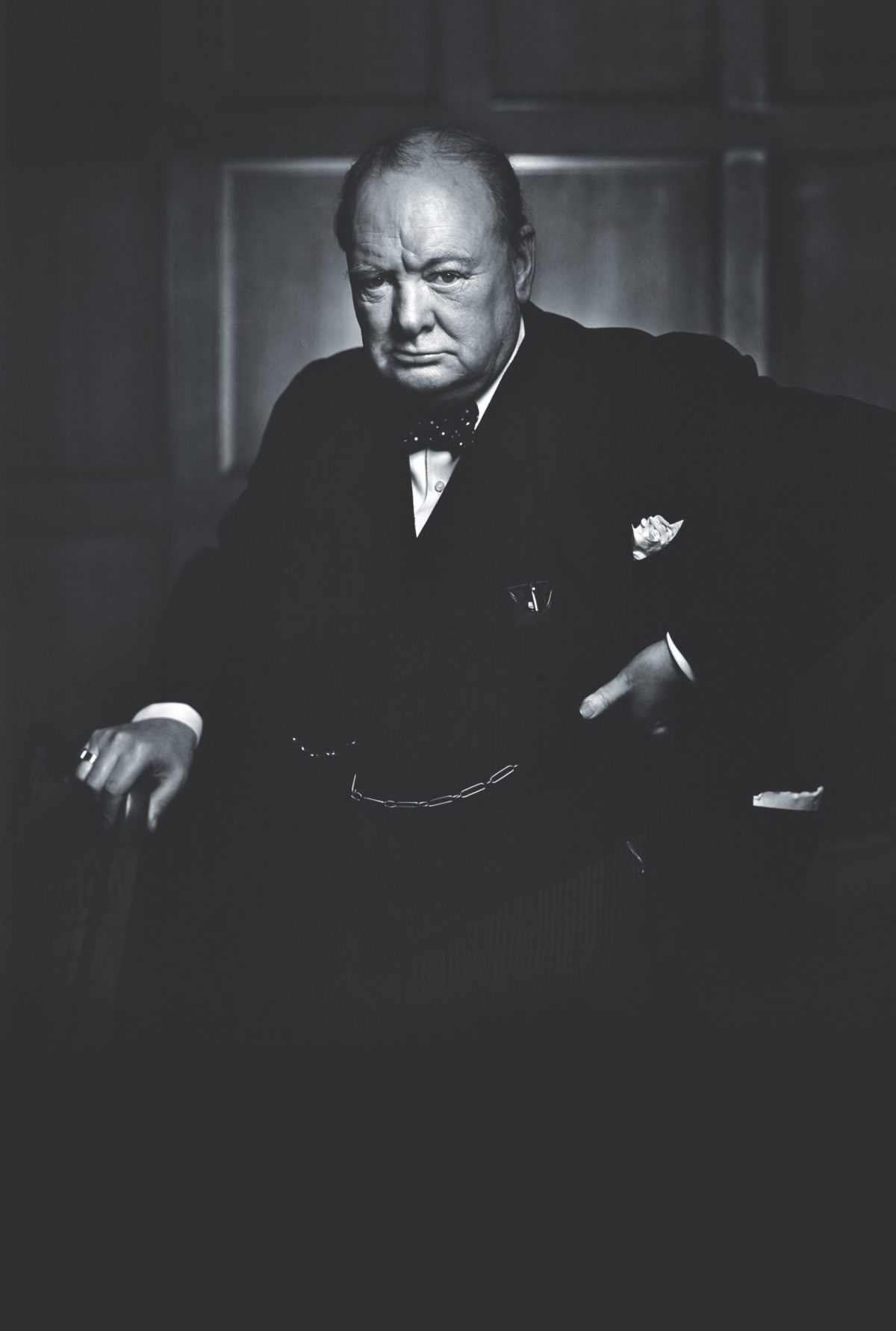It is one of the most iconic and reproduced portraits of Britain’s wartime PM, Winston Churchill. One hand on hip, the other grasping the back of a chair, his scowling face half shrouded in darkness.
Since 1998 the original print, shot by renowned photographer Yousuf Karsh, has hung on the hotel wall of Fairmont Château Laurier, in the Canadian capital of Ottawa.
That is, until recently.
On August 19, The New York Times reports, an employee of the hotel was making their rounds when they noticed the frame was askew and did match the others on the wall. So the hotel contacted Jerry Fielder, the overseer of Karsh’s estate.
“I’ve seen that signature for 43 years. So it took me just one second to know that someone had tried to copy it,” Fielder told the Guardian. “It was a fake.”
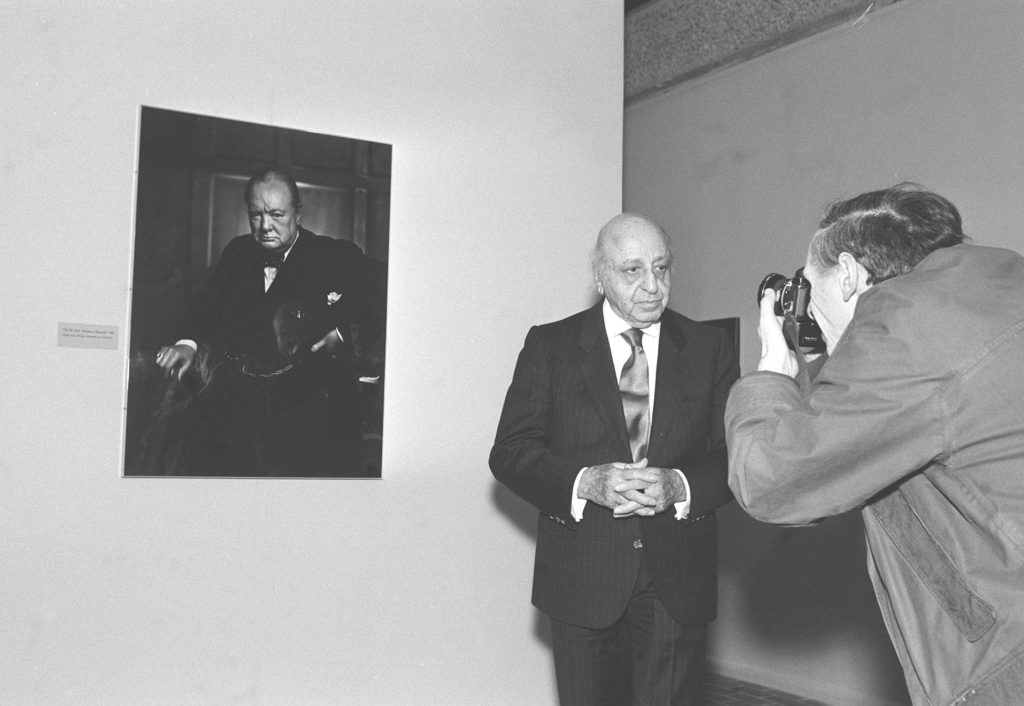
In a news release on Tuesday, the Fairmont hotel stated that local authorities had been notified of the picture’s disappearance, and, as a precautionary measure, “the remaining photographs located in the Reading Lounge have been removed until they can be secured properly,” the hotel said.
“We are deeply saddened by this brazen act,” Geneviève Dumas, the hotel’s general manager, told The Times.
In the days after the discovery, the Fairmont has asked the public to share any information with the local authorities. Since then, according to a CTV News interview with Dumas, members of the public have sent in photographs of themselves in front of the famous image, which has allowed the police to pinpoint when the photograph was taken—sometime between Dec. 25, 2021, and Jan. 6, 2022.
Karsh, who died in 2002, lived in the hotel with his wife for nearly two decades, and considered it home. He gifted the Fairmont the original print from the original negative of Churchill, along with 15 other pieces of his work.
After Karsh closed his studio in 1992, Fielder told The Times, all of his negatives were given to Library and Archives Canada. No copies were allowed, meaning that the only prints in existence today are those made by Mr. Karsh himself before 1992.
While Karsh’s other portfolio of photographs remains impressive — his subjects included Martin Luther King Jr., Albert Einstein, Ernest Hemingway and Queen Elizabeth II — his scowling portrait of Churchill is what brought him lasting fame.
The photograph itself was taken during Churchill’s December 30, 1941, “some chicken, some neck” speech to the Canadian Parliament.
According to Karsh Churchill wasn’t expecting the photo shoot and brusquely asked, “What’s this, what’s this?”
“Why was I not told?” he demanded of Karsh. According to the photographer, Churchill’s entourage began to laugh.
“Churchill lit a fresh cigar, puffed at it with a mischievous air, and then magnanimously relented,” Karsh later wrote of the moment.
“You may take one,” was Churchill’s response.
Karsh held out an ashtray, but was roundly ignored by the PM.
“I went back to my camera and made sure that everything was all right technically,” Karsh recounted. “I waited; he continued to chomp vigorously at his cigar. I waited. Then I stepped toward him and, without premeditation, but ever so respectfully, I said, ‘Forgive me, sir,’ and plucked the cigar out of his mouth. By the time I got back to my camera, he looked so belligerent he could have devoured me. It was at that instant that I took the photograph.”
The photograph since then has gone “viral, but in a slower form,” Fielder told the Guardian.
“Obviously, this theft was very carefully planned,” Fielder continued. “I don’t know if someone, some super-fan, maybe, wanted this to hang in their living room. But it’s also very valuable. I assumed it was stolen for its value.”
historynet magazines
Our 9 best-selling history titles feature in-depth storytelling and iconic imagery to engage and inform on the people, the wars, and the events that shaped America and the world.
